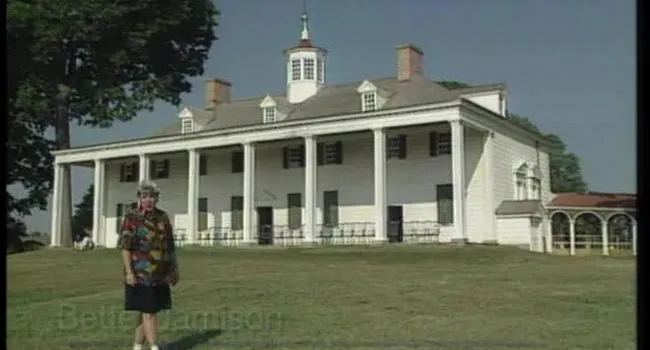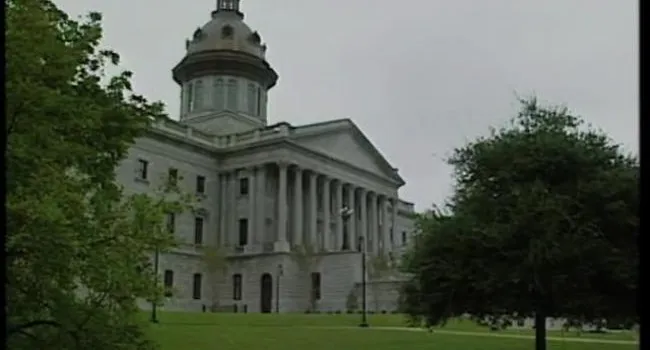In the 1990s, the South Carolina legislature voted to set aside funding for some much-needed renovations to the state’s capitol building. To bring the building up to today’s standards, and to protect the building and its occupants, the areas addressed included lighting safety, air quality, and fire and earthquake protection. Provisions were also made to bring the building into compliance with the Americans with Disabilities Act.
At the end of the 1995 legislative session, the process began of moving the State House’s important contents to the Carolina Plaza Hotel. Construction crews then moved in. Through the combined efforts of the architectural firm, historians, state archivists, archaeologists, paint investigators, legislators, and contractors, many obstacles to restoring the building to its state at the turn of the century were overcome.
Many renovations were made during the three-year construction period, including a new slate roof and copper dome, restoration of glass skylights, new chandeliers, new paint and custom-made carpets, addition of an audio and video system, addition of an auditorium, and removal of walls to open an original corridor.
Some of the most important changes made to the State House are not visible. Seismic isolators were installed underneath the building to protect it from earth movements. Computers monitor any shifts in the ground through these isolators. Other improvements include the replacement of the heating and air conditioning systems and the plumbing and electrical systems. Modern conveniences and technological advancements have made this historical treasure a state-of-the-art, and safe, structure.
Standards
- 4.3.CX Contextualize South Carolina’s role in the development of sectionalism during the antebellum period.
- 4.4.CO Compare the economic and political causes of the Civil War.
- 4.4.CC Identify and evaluate the economic, political, and social changes experienced throughout the Civil War.
- 8.3.CO Compare the debates between South Carolina and the federal government regarding slavery, federalism, and the Constitution.
- This indicator was developed to encourage inquiry into the debates, heightened by Westward Expansion, over federal and state power concerning slavery, and the government's role in protecting and securing natural rights.
- 8.3.CE Examine consequences of the major Civil War military strategies.
- This indicator was designed to encourage inquiry into the Civil War focusing on the impacts of military strategies and major turning points on South Carolina and the U.S.
Resources
You need to be logged in to listen to view this content. Create an account now; it's quick, easy, and free!
Log In to View


































